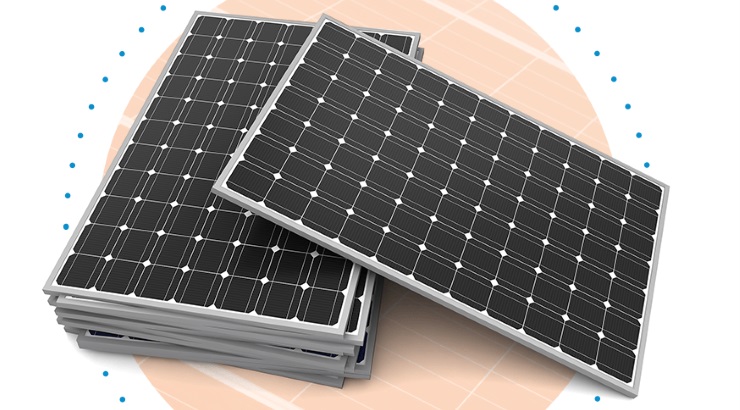Quick Tips
How to Spot Fake Solar Panels
Easy ways to detect fake solar panels without testing the gadgets.

The rising demand for solar energy in Kenya has appealed to legions of sellers of counterfeit solar panels, all seeking to grab a piece of the fast-growing market.
Ordinarily, fake solar panels – mostly originating from India, Dubai, Indonesia, and China – are priced at a fraction of genuine panels to lure price-sensitive shoppers.
However, due to the high demand for the commodity, counterfeiters are sometimes sold at par with genuine products. This makes it hard to detect fakes based on price.
Thankfully, there are various ways to spot fake solar panels without testing the gadgets. These include:
1. Body defects
Fake solar panels are naturally made using substandard materials. As such, their outer protective coating tends to peel off shortly after manufacture.
In case you spot peelings, or any other visible defects, just pretend that you are talking on the phone and dash out of the shop.
2. Cracked or chipped solar cells
Cracked and flaked solar cells on several solar modules often indicate the manufacturer has used Grade B solar cells – which are not reliable.
Breakages could also be occasioned by a manual soldering process, which is common in the manufacture of fake solar panels. The automatic soldering process minimises breakages.
Since most counterfeits are shipped secretly to avoid being detected by authorities, the process is rarely smooth thus increasing the likelihood of solar cell breakage.
RELATED: Counterfeit Solar Products Flood the Kenyan Market
The existence of small foreign particles such as soldering debris and wire inside the solar module is also a telling sign of a sub-standard solar panel.
3. Alignment of the solar cell string
This defect is easy to spot. While a misplaced solar cell string alignment doesn’t impact the module’s performance or lifespan, it may suggest a counterfeit manufacturing process.
Proper alignment of cell string is an easy thing to do and if a manufacturer cannot get it right it means other important parts of the device could be defective.
4. Abrasions on the glass
Scratches on the glass cover of the solar panel are often a result of incorrect handling of the device at the factory or insecure storage.
However, the problem could be intensified by the use of low-quality solar panel glass. Such products should be avoided.
While small scratches may cause some slight shading on the cells, large and deep abrasions will certainly compromise the transmittance of light.
5. Scribbled labels and barcodes
According to IEC standards, manufacturers must ensure that every solar module has a barcode behind the glass to help track the device throughout production and assembly.
Suppliers of fake solar panels try to circumvent this by fixing illegible or broken barcodes on the back of a device. This leaves the buyer exposed to losses in case of a module breakdown since the warranty for the gadget is forged.
Even where a barcode looks intact, it helps to rub the label for a few seconds with some pure alcohol and a piece of cloth. If the barcode peels off, run for your life.














